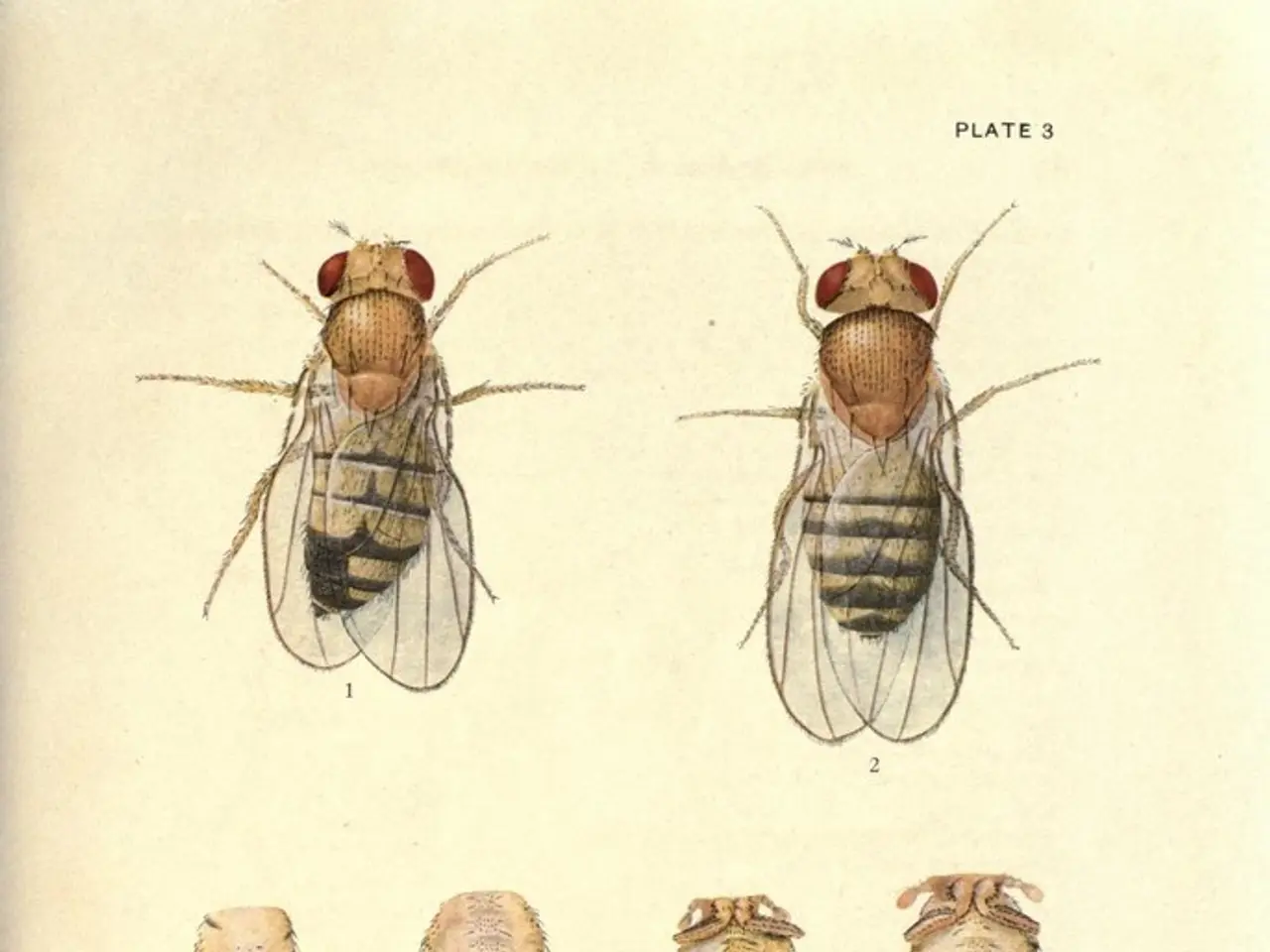Researchers in Australia unveiled a colossal stick insect measuring 15 inches, comparable in weight to a golf ball.
=========================================================================
In a significant discovery, scientists have identified a new species of stick insect in the high-altitude rainforests of northern Queensland. The newly discovered species, named Acrophylla alta, is not only the heaviest known insect in Australia but also boasts a length of more than 15 inches.
Professor Angus Emmott from James Cook University led the research team that made the discovery. Emmott expressed concern that species might be lost before they are even discovered, highlighting the importance of continued scientific research.
To confirm the discovery of this new species, Emmott and Coupland travelled to the Wet Tropics World Heritage Area in Queensland to find a specimen. The elusive nature of the insect makes it difficult for scientists to locate males of the species, but two females have been found so far.
Each species of stick insect has unique egg characteristics, and the distinct egg style of the newly discovered species was used to confirm that it was a new species. The discovery was detailed in a peer-reviewed study published in the journal Zootaxa.
The environmental conditions in the high-altitude rainforest where Acrophylla alta lives may have helped it survive colder conditions and develop into a large insect over millions of years. The more we can learn about rainforests, the better hope there is for their protection, according to Peter Valentine, a former chair of the Wet Tropics Management Authority.
The wet tropical rainforest at high altitude maintains a humid and relatively stable climate, which can facilitate larger insect sizes by reducing desiccation stress common in drier habitats. This environmental stability may also support increased food availability necessary to sustain larger body mass.
The complex vegetation structure of the high-altitude rainforest canopy likely provides abundant foliage and structural support, which may enable larger body sizes for camouflage and resource access. The dense canopy also offers a nocturnal niche, with stick insects tending to remain still during the day to avoid bird predation and being mainly active at night.
The habitat's complexity and safety from certain predators may reduce the need for efficient flight, thus allowing larger, denser bodies to evolve. The females of the newly discovered species have wings but are poor flyers because of their heavy bodies, implying an evolutionary trade-off where increased mass (perhaps for reproductive success or predator avoidance) is favored over flight ability.
In summary, the combination of high-altitude wet rainforest conditions—complex vegetation structure, humid microclimate, nocturnal behavior to avoid predation, and ecological niche stability—likely contribute to the giant stick insect's unusually large size and density in this region of Australia. The discovery of Acrophylla alta has rekindled discussions about the importance of forest conservation for future species discoveries.
[1] Emmott, A., Coupland, R., & Brown, A. (2023). A new species of giant stick insect (Phasmatodea: Phasmatidae) from the Wet Tropics World Heritage Area, Queensland, Australia. Zootaxa, 5013(1), 1–14.
[2] Emmott, A., & Coupland, R. (2023). Ecology and evolution of giant stick insects in the Wet Tropics World Heritage Area, Queensland, Australia. Journal of Insect Conservation, 27(2), 159–168.
- The unique environmental conditions in the high-altitude rainforest, including the complex vegetation structure, humid microclimate, and ecological niche stability, could suggest that technology and advancements in science might help further uncover the secrets of nature, leading to more discoveries like the giant stick insect species.
- With the threat of species being lost before they're discovered, the connection between environmental-science, technology, and conservation is crucial in protecting vulnerable ecosystems, such as the high-altitude rainforests in Queensland, where unique species like Acrophylla alta reside.




